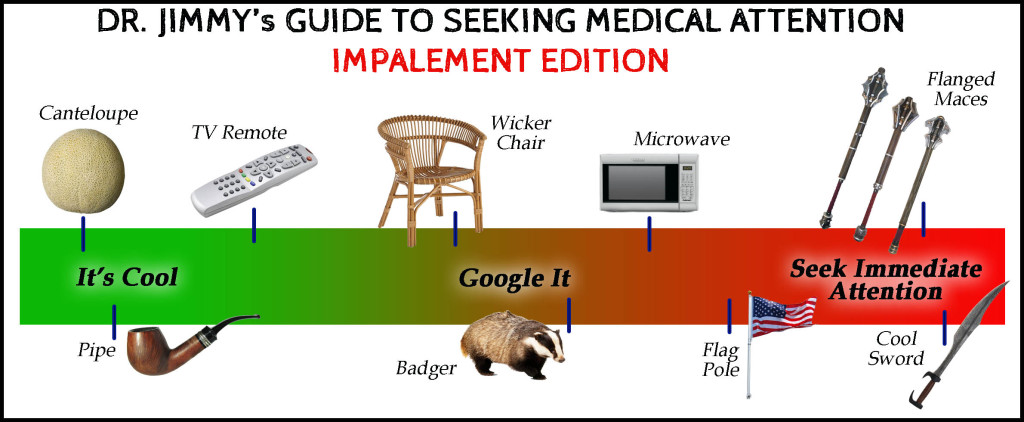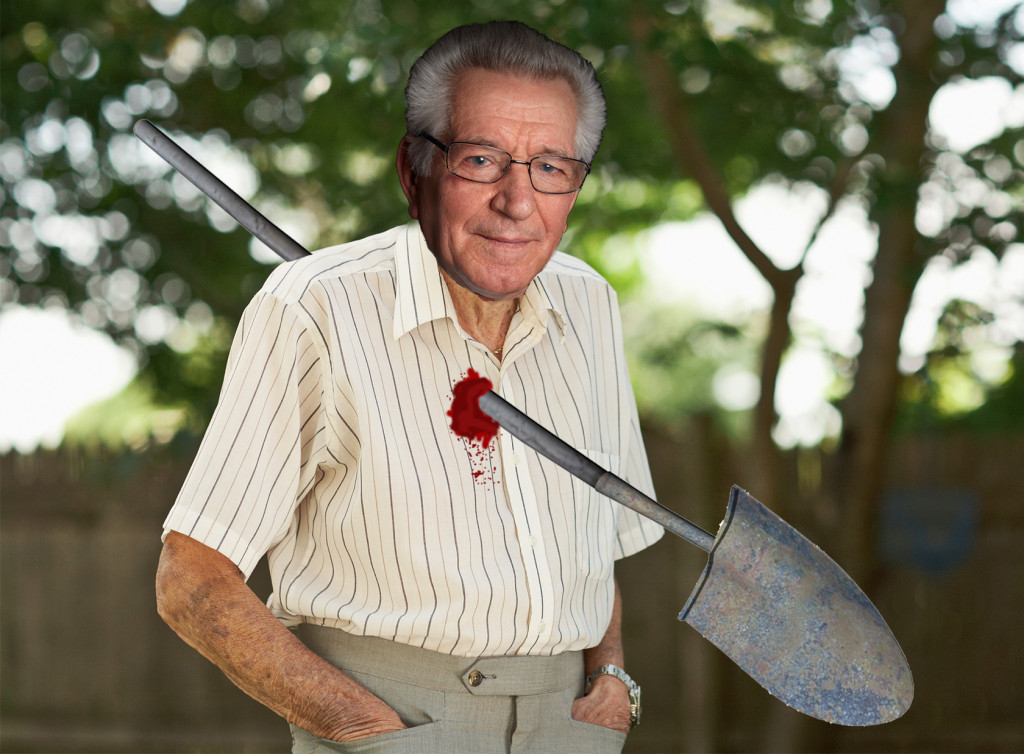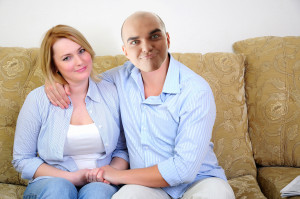by Coma News Staff
Micah Horncraft decided enough was enough. After years of having his photo taken and being constantly disappointed in the results, Horncraft thought there had to be a better way. Horncraft deals with a rare condition known as Startled Retentive Photogenic Disorder, or SRPD for short.
Like others who suffer from SRPD, things like selfies and photos at family get togethers can cause anxiety and stress.
“I look incredibly surprised in every photo,” Horncraft said. “I realize my picture is being taken. I am looking at the camera when it happens. And yet, my photos always make me look like I’m totally caught off guard.”
Horncraft has started a support group for those who suffer from SRPD. The group recently held their second meeting that attracted more than a dozen participants who shared stories about their experiences in living with this rare condition.
According to local physician, Dr. Jimmy, SRPD can strike at any age, last for many years and cause debilitating side effects.
Some of those side effects include a reluctance to be photographed, some light-to-nonexistent anxiety regarding cameras or smartphones and a “constant” surprise at seeing how startled you look in every photograph.
“There is a saying in the SRPD community,” Dr. Jimmy said. “We may look shocked, but we’re likely just mildly surprised. Treat us like other humans.”
Horncraft, who has battled SRPD for nearly five years, said he decided to start the support group because he was tired of being the “most surprised-looking guy in every photo.”
“There had to be other people that deal with this disorder,” Horncraft said. “I thought it would be good to get together. If you take pictures of us together, it might not look so unusual. Maybe people would think we were just told the world is ending in five minutes or something. You never know.”
Horncraft first began to notice symptoms of SRPD following a family reunion in 2011. As he looked through photographs of the event he realized he appeared somewhat confused or slightly bewildered in every photo.

ABOVE: Horncraft (far left) first discovered the severity of his condition at a friend’s wedding in 2011
“That’s how it starts,” Dr. Jimmy said. “The early stages of SRPD generally include a confused expression. It looks like the subject doesn’t quite understand the technology or the concept of photography.”
It was in the fall of 2011 that Horncraft’s condition took a dramatic turn. As a member of a friend’s wedding party, Horncraft was repeatedly photographed throughout the day. The wedding photographer pulled him aside at one point and asked him if everything was all right. The photographer then shared many of the photos with Horncraft, who was shocked to see his repeatedly shocked expression.
“I think I’m smiling in the photos,” Horncraft said. “Like, I realize they are taking my picture. I think I’m presenting a normal expression, but I’m not.”
Horncraft said he has learned to live with the condition and has made some improvements. With precise and severe concentration, he can maintain a “mildly confused” look in most photographs. But relapses still occur and Horncraft is hopeful the SRPD support group can help each other living with the rare condition.
“My hope is that by sharing stories and photos of our experiences we can help each other to live normal lives,” Horncraft said. “Ultimately, we just want to be treated like normal people and not be cropped out of every Facebook post.”
The SRPD support group meets every Tuesday at 7 p.m. at the Coma Community Center.


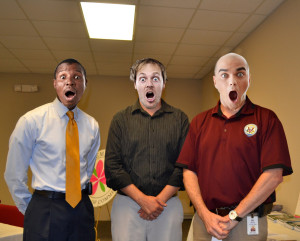
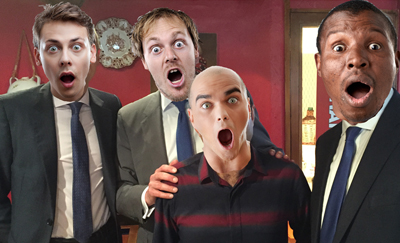
 Follow
Follow
 comments feed
comments feed